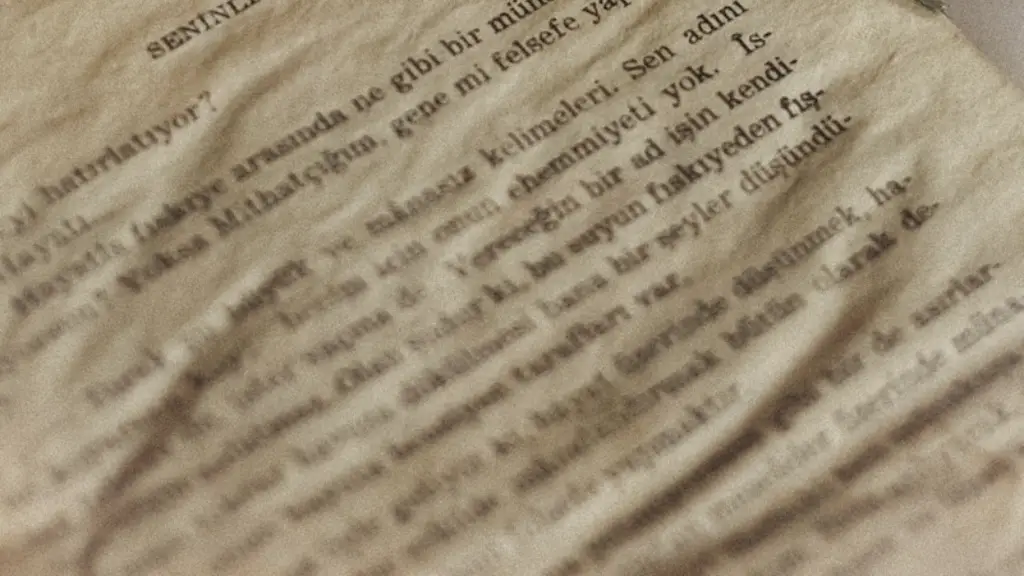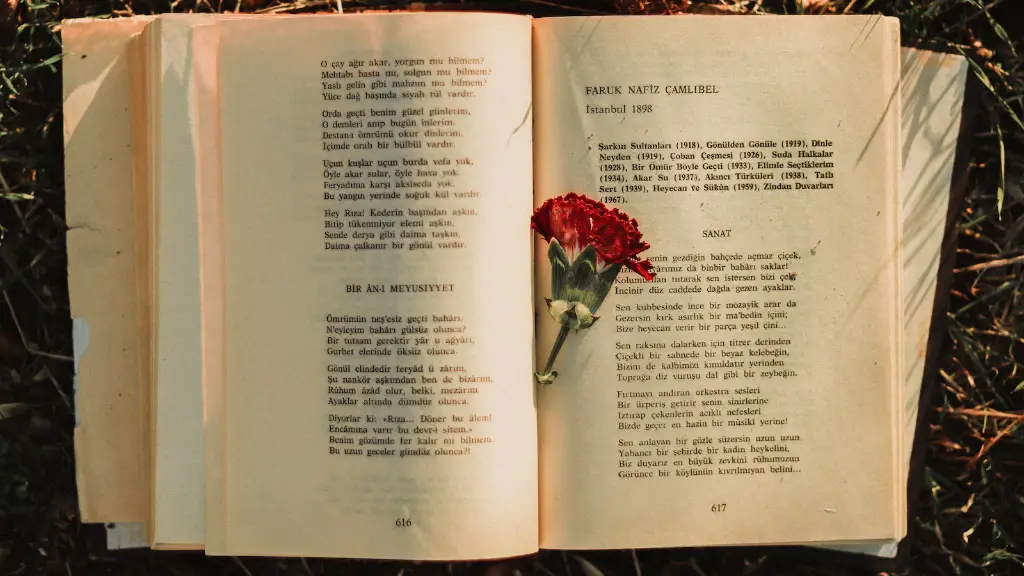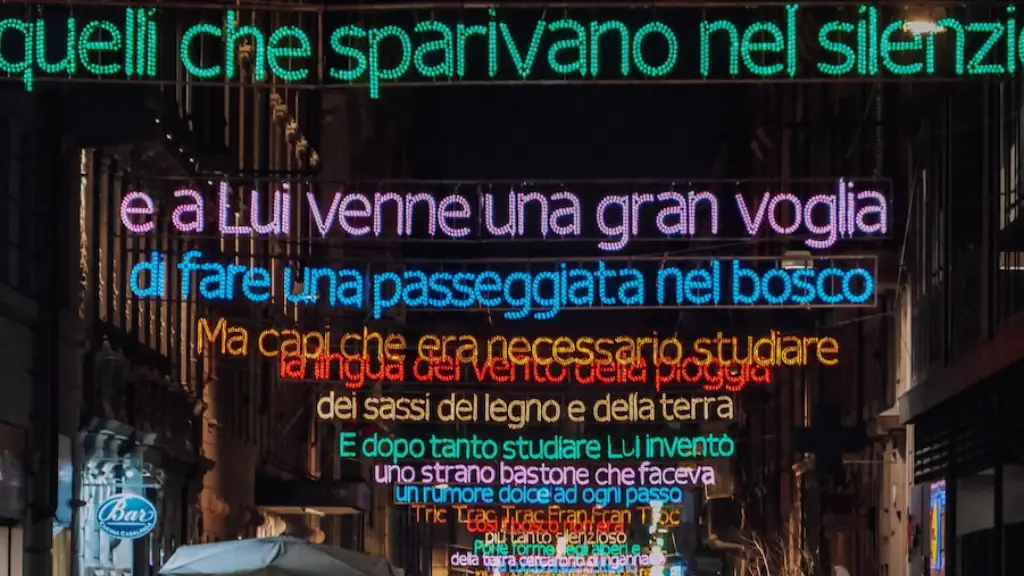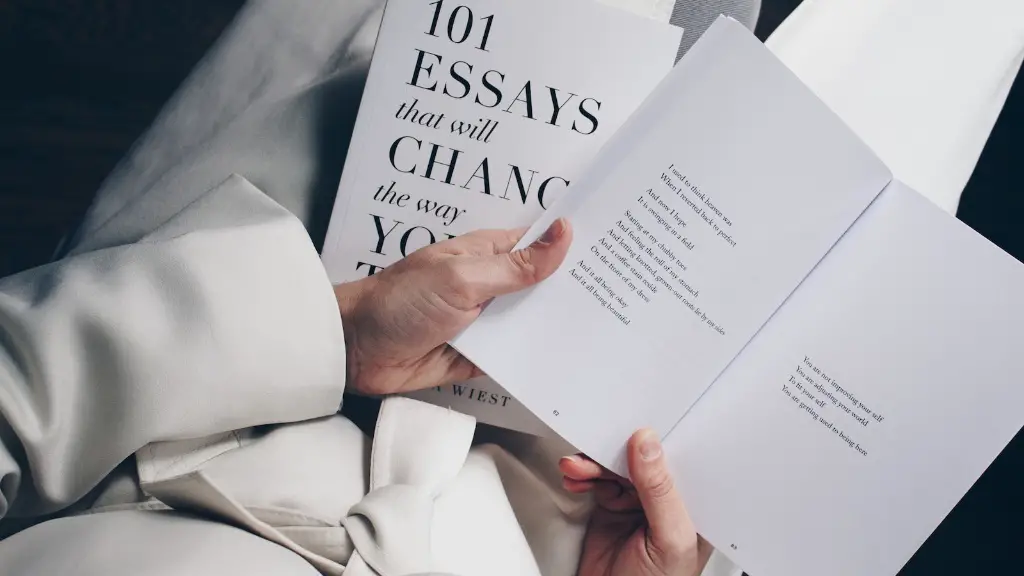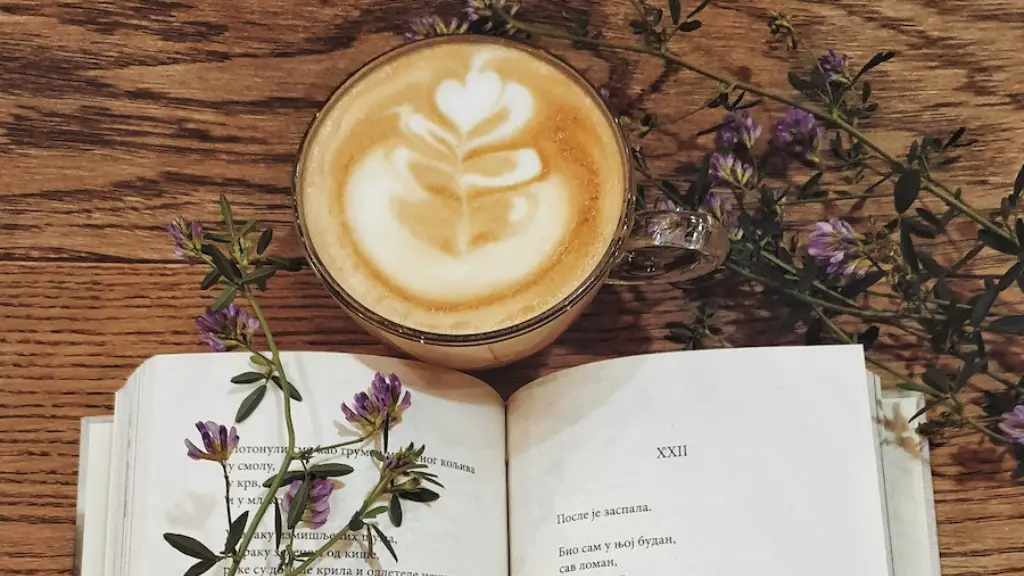The Emily Dickinson poem “Hope” is about the idea that hope is something that is always with us, even when things seem bleak. The speaker in the poem talks about how hope is like a bird that always sings, even when the night is dark. The poem ends with the idea that hope is something that gives us strength to keep going, even when we can’t see the light at the end of the tunnel.
The central theme of “Hope” by Emily Dickinson is that hope is the most powerful force in the universe. No matter what happens in our lives, we always have hope to cling to. Hope gives us the strength to keep going even when everything seems hopeless.
What is Emily Dickinson saying about hope?
This quote is so beautiful and so true. Hope is the one thing that never disappears, no matter what might happen in our lives. It’s the one thing that always remains, and it’s the one thing that can never be taken away from us. Hope is what gives us the strength to keep going, even when everything seems hopeless. It’s what allows us to see the light at the end of the tunnel. It’s what gives us the courage to face our fears. Hope is what makes us believe that anything is possible. Hope is the thing with feathers that perches in the soul and sings the tunes without the words – and never stops at all.
Emily Dickinson was a keen observer of the world around her, and she used images from nature, religion, law, music, commerce, medicine, fashion, and domestic activities to probe universal themes. In her writing, she sought to understand the wonders of nature, the identity of the self, death and immortality, and love. These are themes that continue to resonate with readers today, and her work continues to be studied and admired for its insight and beauty.
How does Emily Dickinson develop the theme of Hope is the thing with feathers
In her poem “Hope,” Emily Dickinson introduces a metaphor in the first two lines, comparing hope to a bird that perches in the soul. She then goes on to develop the metaphor by describing how the bird sings through hardships and can be found everywhere.
The theme of hope is one that is exceptionally common in literary works for several reasons. The theme of hope directly addresses one of the foremost characteristics of human experiences: anxiety about the uncertainty of the future. By its very nature, hope is a counterbalance to this anxiety, providing a sense of comfort and possibility in the face of uncertainty. In addition, the theme of hope is often used as a way to inspire readers to persevere in their own lives, despite challenges and setbacks. As such, the theme of hope is one that resonates deeply with many readers and helps to create a lasting connection with the story.
Why did Dickinson choose a bird for hope?
Hope is a feeling, something that can’t be touched, so she has to use something tangible to apply to a wider audience. Everyone knows what a bird is and what it does. Birds sing and fly, they perch, nest, and move constantly. By comparing hope to a bird, Dickinson is showing how fleeting hope can be.
In this poem, the speaker uses the metaphor of a bird to describe the abstract concept of hope. They describe hope as being free and self-reliant, two qualities that are often associated with birds. This metaphor is effective in conveying the speaker’s view of hope as something that is ethereal and yet still tangible.
What is the main theme of the poem Why?
The theme of a poem is the lesson about life or statement about human nature that the poem expresses. To determine theme, start by figuring out the main idea. Then keep looking around the poem for details such as the structure, sounds, word choice, and any poetic devices.
If you’re looking for a classic poem about hope, look no further than Emily Dickinson’s “Hope is the thing with feathers.” In this poem, Dickinson uses an extended metaphor to liken hope to a bird that is always perched in the soul of every human. This bird never stops singing, and its song is always inspirational. Hope is something that we all need in our lives, and this poem is a beautiful reminder of that.
What is the moral of Hope is the thing with feathers
The poem “Hope” is the Thing with Feathers” is all about hope. Emily says that hope resides in the hearts for good. It liberates us from despair and gives us the strength to move on. It only empowers us and in return demands nothing.
Hope is an intangible concept, but by describing it as a “thing” with feathers, the author brings it to life and creates an image of what hope may look like. By choosing to describe hope in this way, she leaves room for interpretation while still painting a picture of the bird and its feathers.
What type of poem is hope by Emily Dickinson?
This is a beautiful lyric poem by Emily Dickinson. The imagery is stunning and the message is hopeful and uplifting. The ballad meter gives the poem a musical quality that is both powerful and moving. This is a perfect poem to read when you need a little hope in your life.
The poet is longing for the warmth and comfort of his humble home. He hopes to return there and stay there forever. This is a moving and wistful poem that speaks to the human need for a sense of belonging and security.
What is the tone of the poem hope
The tone of the poem is grateful because the speaker is thankful for hope. The speaker describes how hope always helps and never gives up, even under extreme difficulties.
Hope is a great thing. It keeps us going when things are tough and helps us see the light at the end of the tunnel. It’s important to have hope in your heart, because it will ultimately help you achieve your goals.
Why does hope perch in the soul?
This is a beautiful and powerful poem that really speaks to the human spirit. Hope is something that we all have inside of us, and it is what keeps us going through tough times. This poem is a reminder that no matter what life throws at us, we always have hope.
There is no doubt that hope is a powerful emotion. It has the ability to give us strength in the face of adversity and help us to see the light at the end of the tunnel. Additionally, hope has often been compared to a bird. This is because both hope and birds are free spirits that represent the possibility of a better tomorrow. Given all of this, it is no wonder that the bird is often used as a symbol of hope.
What are symbolisms of hope
The anchor is a Christian symbol for hope and steadfastness. Hope is an important virtue in Christianity, as it cultivates trust in God and confidence in the future. The anchor also symbolizes steadfastness, remaining firm in the face of adversity. The anchor is sourced from Hebrews 6:19, which describes hope as an anchor that keeps the soul steady. Anchors were often carved on old Christian gems and inscriptions in the catacombs of Rome, serving as a reminder of the virtues of hope and steadfastness.
The USBird of Hope is a symbol of hope and inspiration for people all over the world. The DoveAnimal of Hope is a dog that has been specially trained to provide comfort and support to people who are suffering from a wide range of illnesses and conditions. The Number of Hope is four, which symbolizes the four seasons of the year. The Flowers of Hope are sunflowers, daffodils, and cactus flowers. The Colors of Hope are yellow, orange, blue, green, and red. The Aromas of Hope are peppermint and lavender. The Sounds of Hope are ocean waves, wind chimes, and waterfalls.
Warp Up
The theme of hope is about having faith in the future and believing that good things will happen.
The theme of hope is central to Emily Dickinson’s work. She writes about hope as a force that can sustain us through difficult times and help us to see the beauty in the world. Dickinson believed that hope was essential to the human experience and that it was something that we all need in our lives.
